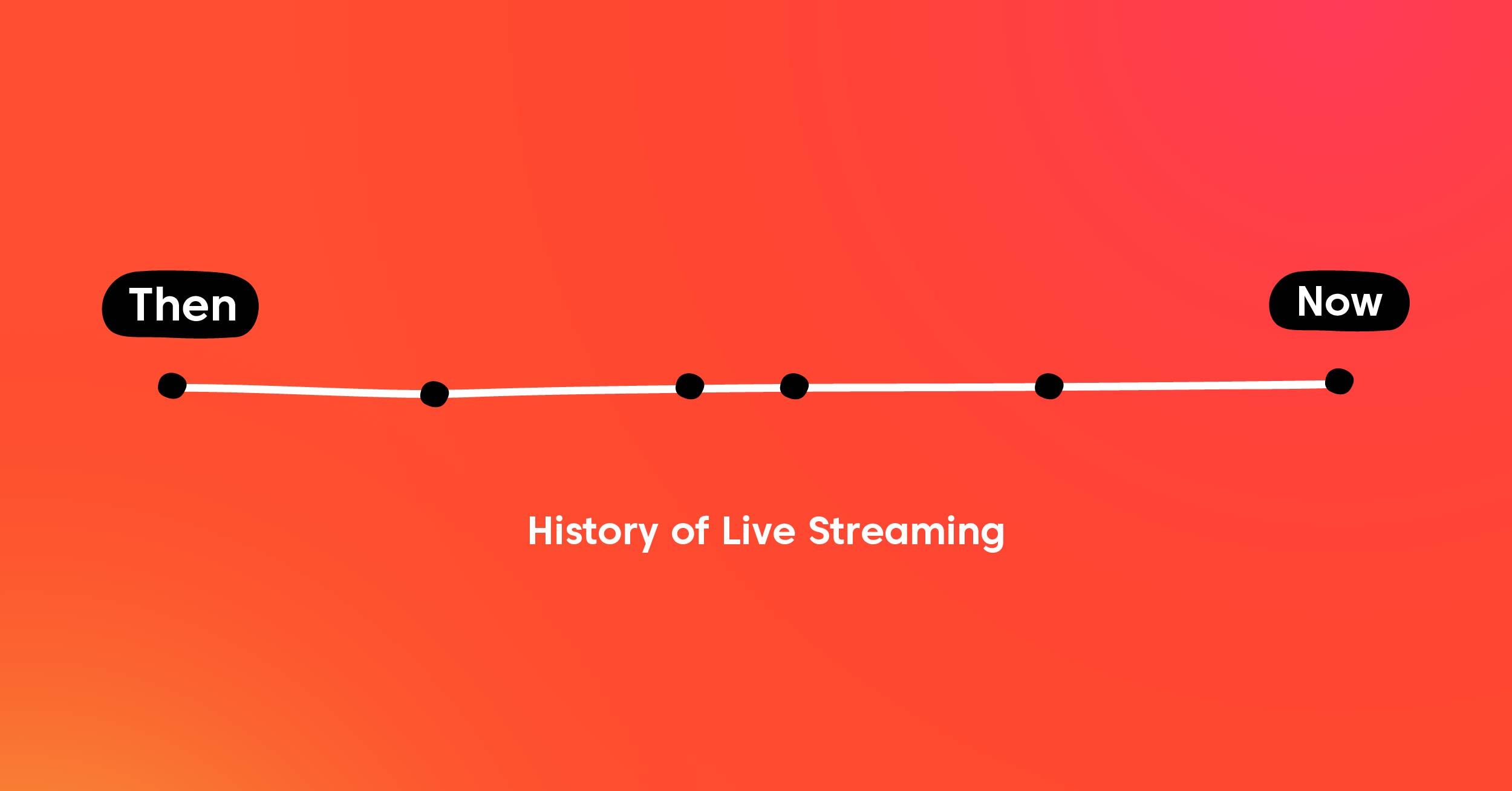How to choose a streaming microphone
Choosing a suitable microphone for streaming will relate closely to the content that you focus on. There are different features of the microphone that you should take into consideration when buying a new one for live broadcasting.
Typically, picking a new microphone span from the frequency response, polar pattern, connection method, to the pop filter.
Read our article for the Best Streaming Webcams for Professional Use in 2024.
Polar pattern
Also known as directional property, the polar pattern is the first and most important parameter for choosing a microphone. The polar pattern is the inherent sensitivity to the direction of audio waves. That explains how the microphone will pick up your voice from different angles.
There are four polar patterns:
- Cardioid: Having the cardioid polar pattern means that the microphone will pick up sound from the front – the best option for solo streamers who only need to record themselves talking. Microphones like this record sound where you point it and leave the unwanted ambient sound that coming from the back of the microphone.
There are cardioid subtypes as well: super-cardioid and hyper-cardioid. These cardioid subtypes have more focus on the record angles and reduce ambient sound. They are the best fit for livestreaming but can be difficult for other usages as it needs to be aimed in the right direction for best performance.
- Omnidirectional: This type of microphone will record sound from every direction equally. Omnidirectional microphones fit better with podcast streams that involve multiple speakers.
An omnidirectional microphone is easier to use as you don’t have to point it to the sound source. However, note that the mic will take in all surrounding sounds no matter if you want to or not.
- Bidirectional: As the name suggests, a bidirectional microphone will pick up any sound from two sides: the front and the back. It has much lower sensitivity to pick up sound on the two left and right sides. This type of microphone is best for livestreaming interviews, with back and forth conversation between two people: the interviewer and interviewee.
Frequency response
Frequency response is the range of voice frequencies the microphone can pick up. This parameter is measured in Hz and kHz. A standalone microphone has a wider frequency response range than the basic headset mic.
The ideal range for frequency response is from 20 Hz to 20000 Hz.
Connection method
There are two most common connection methods for streaming: XLR and USB. Choosing a microphone is essentially finding the right connection type for the equipment and set up you already have.
A USB connection is more convenient as you can plug the mic directly into your computer and start recording right away. Microphones with connections are generally cheaper than the XLR ones, but you’ll get less control over the recording.
On the other hand, XLR microphones cannot be connected directly to the PC. You’ll need an addition of a mixer or audio interface to use an XLR microphone. As a result, the sound quality you get with XLR microphones is better and more controlled than the USB ones.
Another plus for the XLR microphones is that your audio setup can be more extendable should you need it in the future. Most USB microphones are not compatible with mixing boards – for improving the sound quality even more and making your stream engaging with the audience.
Pop filter
Pop filters are used to filter noise and popping sounds when the speakers speak into the microphone. Also known as a pop screen or pop shield, it stops the air flows from bumping into the recording mic to make a clearer sound of your voice.
In fact, you can see that pop filters are not commonly used by streamers. This part of a recording microphone is mostly used in recording studios. Application-wise, if your streams are going to have a high-pressure, loud sound that might cause distortion or clipping, you’ll need a pop filter, if-else you’re still good without it.
The Best Microphones for Streaming
Blue Yeti
Mic Type: 3 x Blue 14mm condenser capsules | Audio Patterns: Bidirectional, Cardioid, Omnidirectional, Stereo | Size: 11.6 x 4.9 x 4.7 inches | Connection Type: USB
It is not overstating to say that the Blue Yeti is one of the best microphones out there in the market. This model offers more than it costs. It provides strong audio quality for a range of use cases leveraging its four different recording patterns. The Blue Yeti works for amateur and semi-pro streamers with a built-in stand and a USB connection.
The Yeti series has other models that provide the same versatility and ease of use. You can also check out the Blue Yeti X, Blue Yeti Nano, and the Blue Yeti Pro. The more recent models are added with more customization support and noise reduction features.
Pros: Versatile, ease of control, good sound quality
Cons: No hi-res recording options, crunchy audio
Rode NT-USB
Mic Type: Condenser | Audio Patterns: Cardioid | Size: 2.44 x 1.97 x 7.24 inches | Connection Type: USB
The Rode NT USB microphone is among the top choices for recording audio. The USB microphone is easy to use, compatible with Windows, Mac, Android, and iOS to produce high-quality sound production. This mic is ideal for anyone who wants to take their job more seriously with streaming.
Rode NT USB lets you control the input and source output signal through dials on both of its sides. It is built with the cardioid polar pattern with zero-latency and a frequency selection of 20Hz 20kHz. The cherry on the top is that this mic comes with a free pop filter to prevent plosives when recording.
Pros: High-quality audio, additional pop filter
Cons: High cost
Final Thoughts
Everyone’s desk and setup requirements are different, so a mic must perform well under a handful of different scenarios. Ideally, you need a mic that sounds great under any circumstance and can adapt to; however, you need to use it so you can play your games comfortably and still look great.
Join 200,000+ streamers worldwide
With Castr, you can easily livestream videos on any platform in no time.
No Castr Branding
We do not include our branding on your videos.
No Commitment
No contracts. Cancel or change your plans anytime.
24/7 Support
Highly skilled in-house engineers ready to help.








